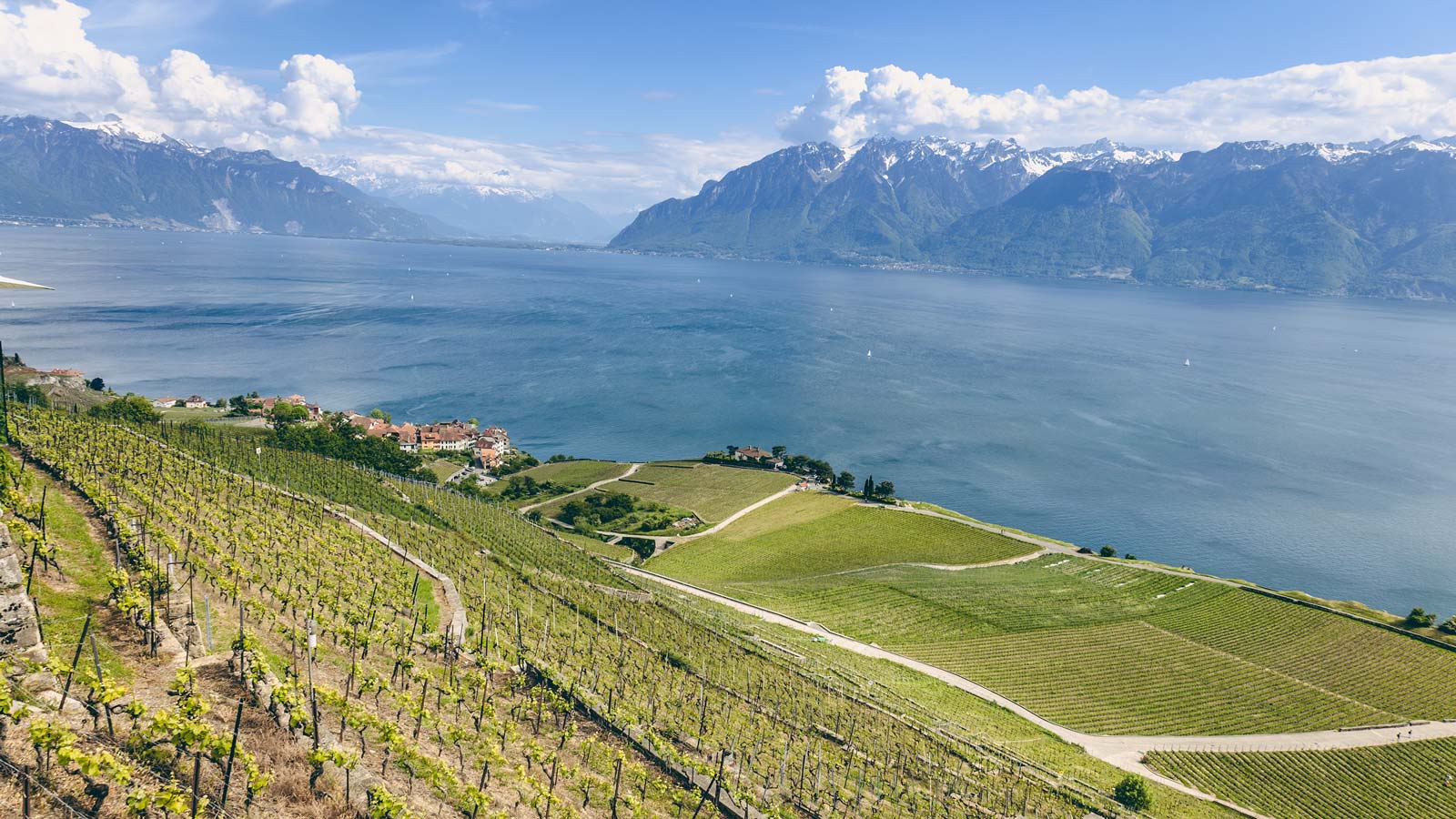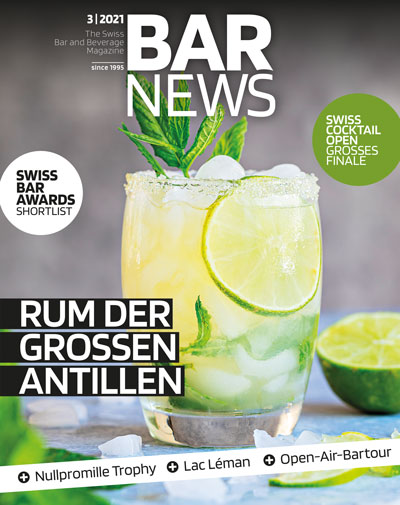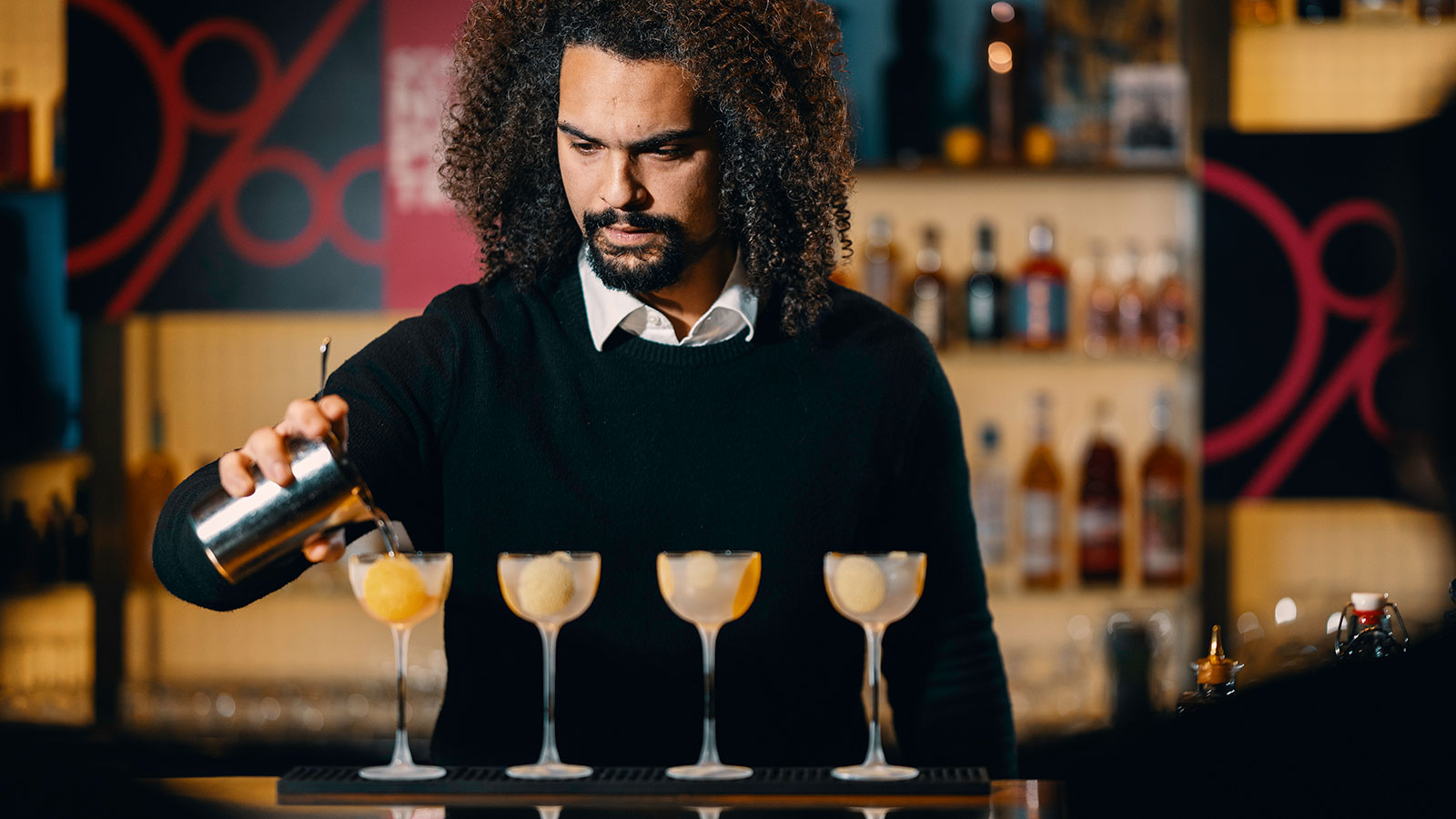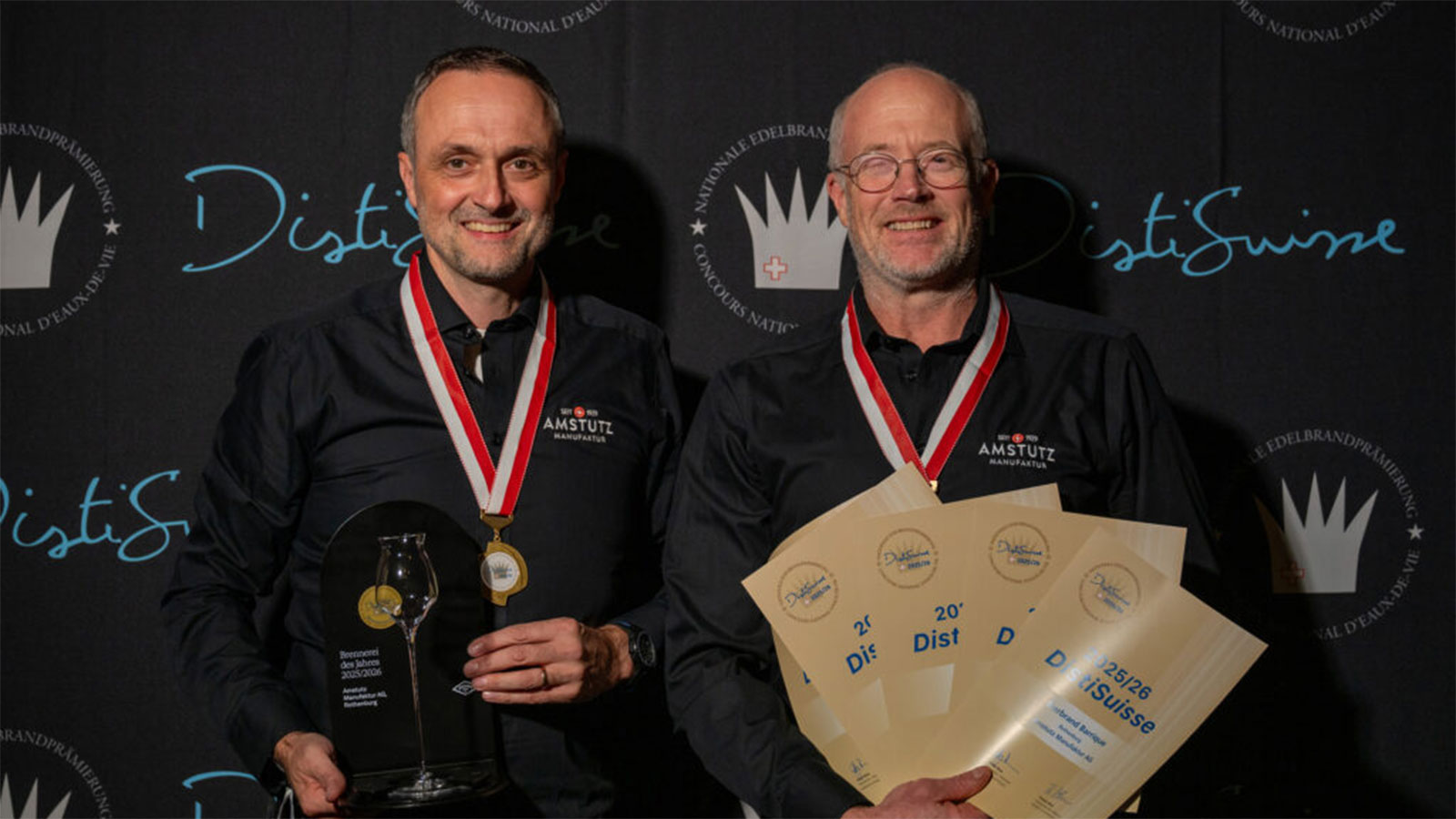The canton of Vaud is probably the most beautiful wine region in Switzerland. The interplay between Lake Geneva, the Alps, steep vineyards and, above all, a vastness that is unusual for Switzerland and, depending on the weather, stretches into infinity, is unique and unforgettable.
It is not without reason that the "Vaud Riviera" on Lake Geneva between Montreux and Lausanne has attracted visitors from all over the world and, of course, from the rest of Switzerland since the end of the 19th century. They found and still find inspiration, tranquillity, beauty and of course good wine here.
Ernest Hemingway, for example, came to Switzerland for the first time in January 1922 and stayed at the "Pension de la Forêt" in Chamby. Here he wrote several chapters of his novel "In Another Country", inspired by his sleigh rides in Les Avants and walks in the snow in Les Bains de l'Alliaz.
Graham Green, creator of the post-war novel "The Third Man", spent the last year of his life in Vevey. Vladimir Nabokov lived in the Palace Hotel in Montreux until his death and published his translation of "Eugene Onegin" here, among other works. The monster novel "Frankenstein" also has its roots here.
The author Mary Shelley met Lord Byron in Cologny in 1816. Together they wrote horror stories, which eventually became "Frankenstein or the Modern Prometheus". It tells the story of the young Swiss Viktor Frankenstein, who created artificial humans. In short: Vaud is a highly creative terroir - also for wine.
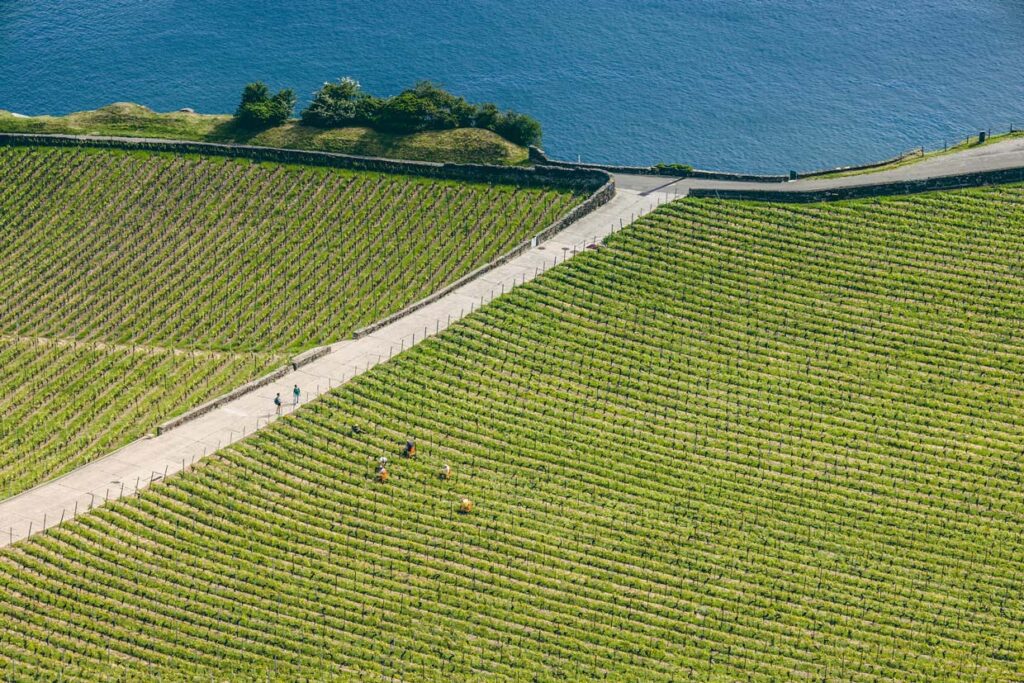
Wine culture shaped by the lake
The Vaudois wine region is divided into six regions containing eight AOCs (Appellation d'Origine Contrôlée). The most famous region, Lavaux, offers one of the most beautiful panoramas in the world. The 30-kilometre-long vineyard along Lake Geneva is a magnificent gift of nature, but also the fruit of hard, human labour.
For generations, the slope here has been terraced by the winegrowers and supported with stone walls. Wine production in this area began as early as the 11th century under the Cistercians and Benedictines.
The area, which is now a Unesco World Heritage Site, comprises 14 communes and six wine-growing areas with controlled cultivation. You can see the area immediately on the left when you are travelling by train from Fribourg towards Lausanne and coming out of the tunnel.
Here, numerous top vintners cultivate what are probably the best Chasselas wines in Switzerland. For example Blaise Duboux, Pierre-Luc Leyvraz or Pierre & Basile Monachon. Of course, the family of Luc Massy and Louis-Philippe Bovard, who is often called the grand seigneur of Chasselas. He is the tenth generation to produce wine in Lavaux and vinifies, among other things, the famous Dézaley "La Médinette", which, along with the "Aigle les Murailles" (Eidechsli-Wy), is one of the most famous Swiss wines.
Bovard is also the founder of the "Conservatoire Mondial du Chasselas", a library of different Chasselas vines. In the meantime, the wines of 19 different Chasselas clones can be tasted.
Travelling from Lavaux towards Geneva, one soon passes through the La Côte area and every time I visit La Côte, I feel a little closer to French wine culture.
This is not only because this area actually approaches France geographically, but rather because La Côte has this abundance of castles, domains and fortresses that one usually encounters in French wine-growing regions. Such an abundance of "wine domains" does not exist elsewhere in Switzerland.
Of the 42 vineyard châteaux in the canton of Vaud, no less than 32 are located in La Côte.
Of the 42 vineyard châteaux in the canton of Vaud, no less than 32 are located in La Côte, which has earned the terroir the nickname "aristocratic appellation".
Together with the wines from Lavaux, the wines from La Côte are among the most famous Chasselas wines in Switzerland: wines such as Château de Vinzel, Château de Luins, Château d'Allaman, Château de Vufflens or Château de Châtagneréaz.
In La Côte, every village is based on a nearby château. And if in Lavaux it was the bishop who ruled, in La Côte it was the aristocracy. It was probably originally the monks who managed the vineyards, but the aristocracy contributed a great deal to the spread of viticulture in La Côte.
The Vaud region was also known to have welcomed many Protestant refugees fleeing their country, especially French Huguenots. These brought with them their knowledge of industry and finance, which promoted the economic development of Vaud.
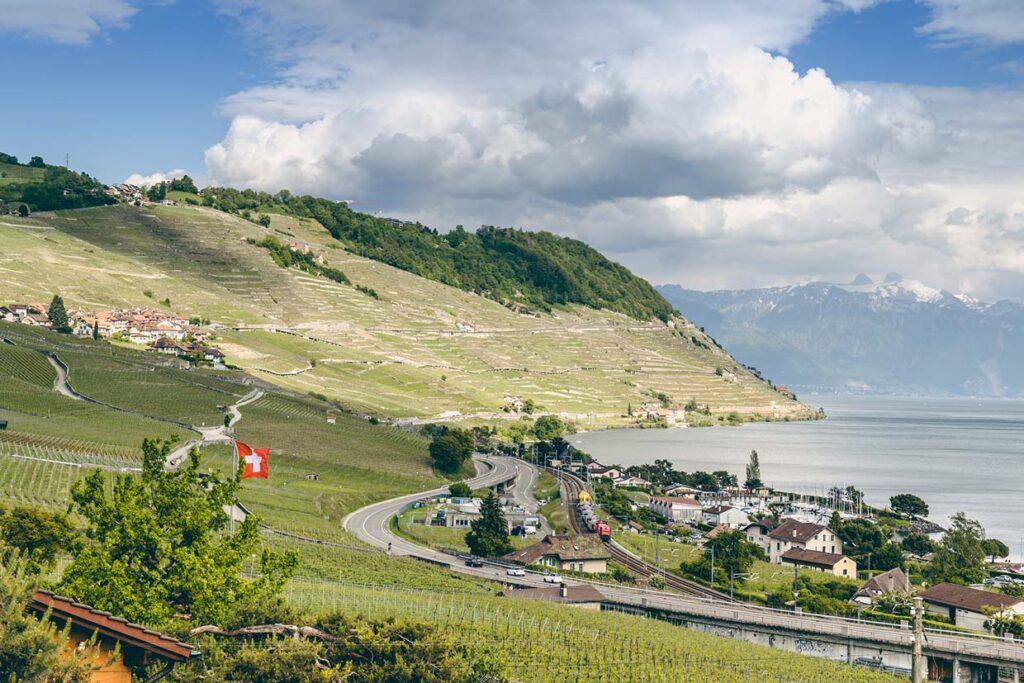
Napoleon Bonaparte, who crossed Switzerland on his campaign of conquest through Europe, freed Vaud from the rule of its powerful neighbour, the canton of Bern, in 1798. Napoleon also gave the canton of Vaud its first constitution in 1803.
The coat of arms of the French-speaking canton of Waadt/Vaud is horizontally divided into two. The upper field is white or silver, the lower green. Green symbolises freedom and goes back to the Lemanic Republic proclaimed on 23 January 1798.
In the upper white field, the French motto "Liberté et patrie" (Freedom and Fatherland) is written in gold letters, two concepts that, like the Chasselas, are part of the foundation of the Swiss character.
Chasselas: enological queen of the Vaud region
The oenological queen of the Vaud is the Chasselas grape. 61 percent of the vineyard area is planted with it. Since 2009, it has been proven that the origin of the Chasselas grape is the area of Lake Geneva - especially Vaud - and not Egypt or Burgundy as originally assumed.
Characteristic of the Vaudois Chasselas is its terroir reference. Most wines are not labelled as Chasselas, but (as in Burgundy) bear the name of the village, the home commune or the vineyard from which they come. For example, St. Saphorin, Yvorne, Aigle, Féchy, Dézaley or Epesses.
The oenological queen of the Vaud is the Chasselas grape. 61 percent of the vineyard area is planted with it.
The best wines thrive in the breathtaking and terraced vineyards of Lavaux along Lake Geneva. Here, the vine benefits - as they call it here - from the "three suns": from the sun itself, from the reflection of its rays by the lake, and from the heat absorbed by the walls of the terraced vineyards during the day and released to the plants at night.
Chasselas is a wonderful wine for the palate and for culinary combinations. Because Chasselas likes to adapt without becoming boring. It can be enjoyed as an aperitif, but also with fish dishes and traditional Swiss cheese dishes from raclette to fondue.
But Chasselas also has a characteristic that hardly any other wine has. It can be enjoyed like a champagne, for example - after a sumptuous meal - as a "digestif", so to speak.

